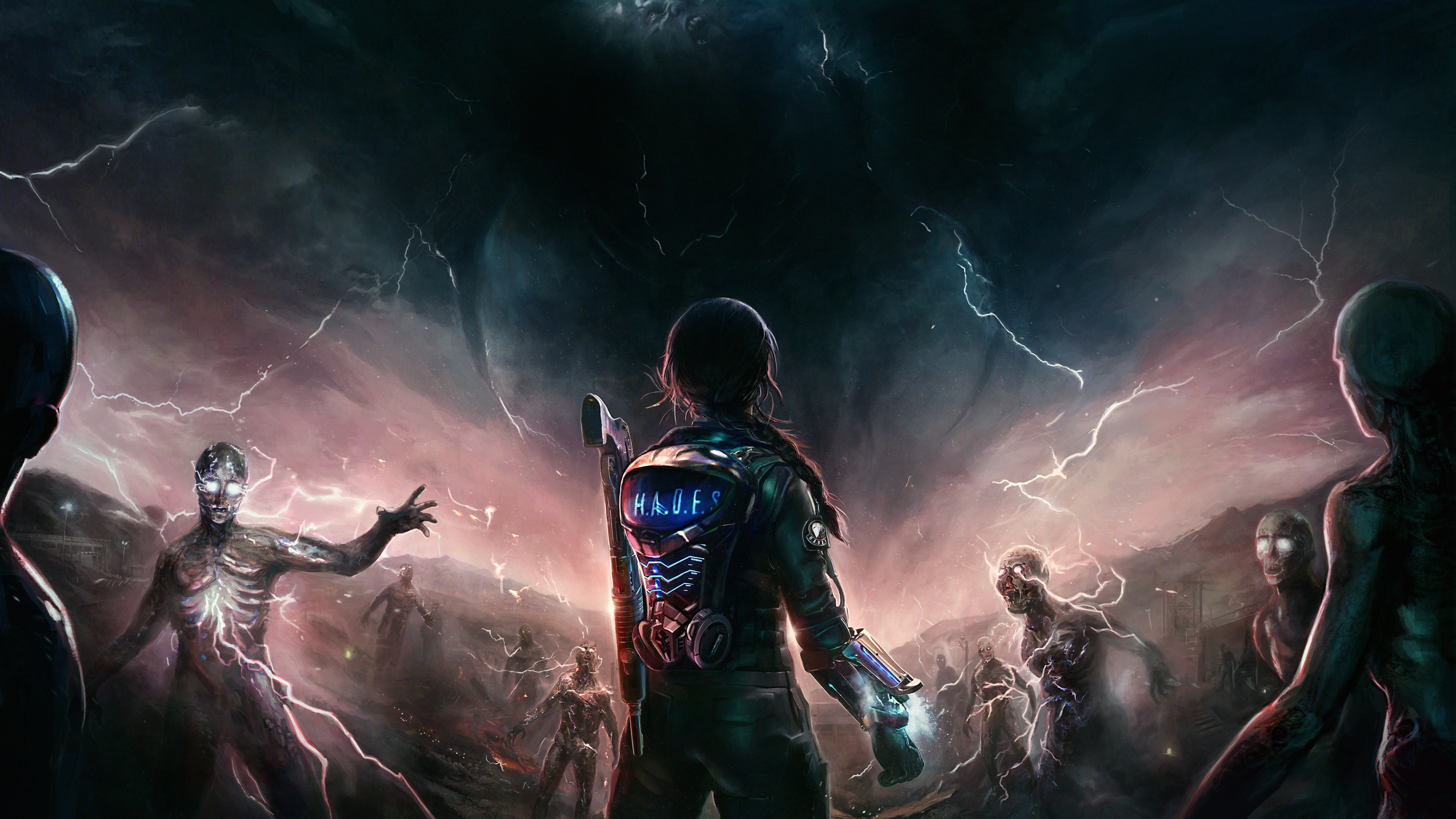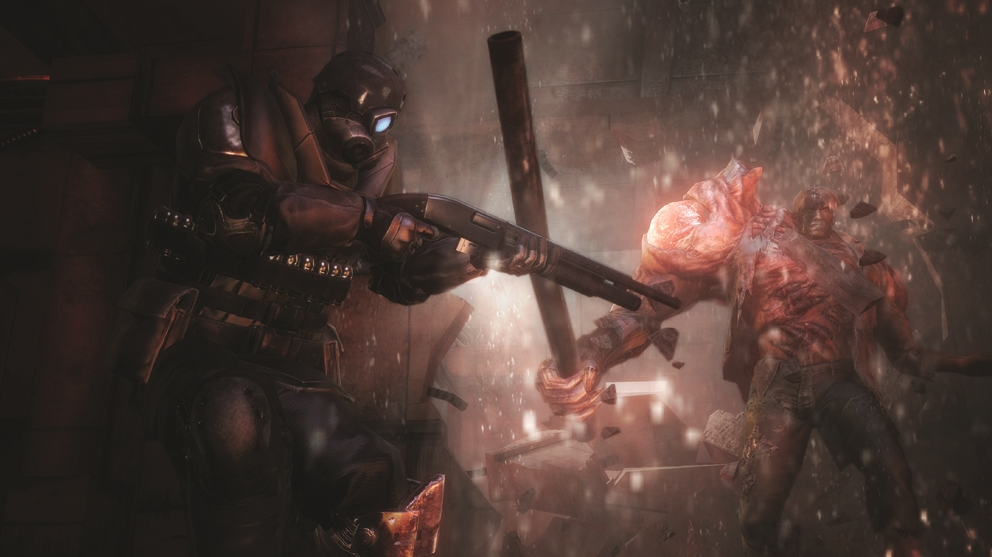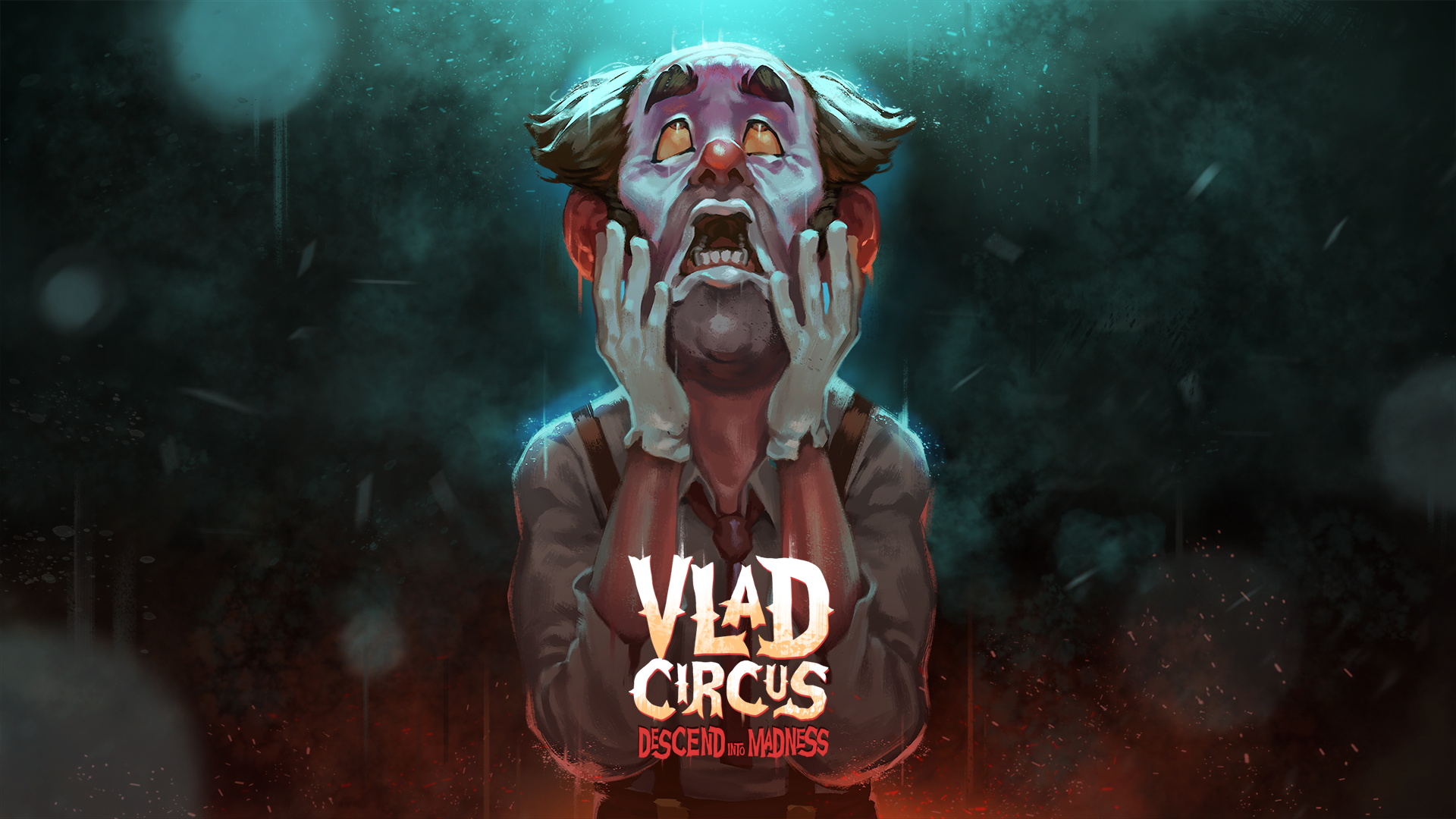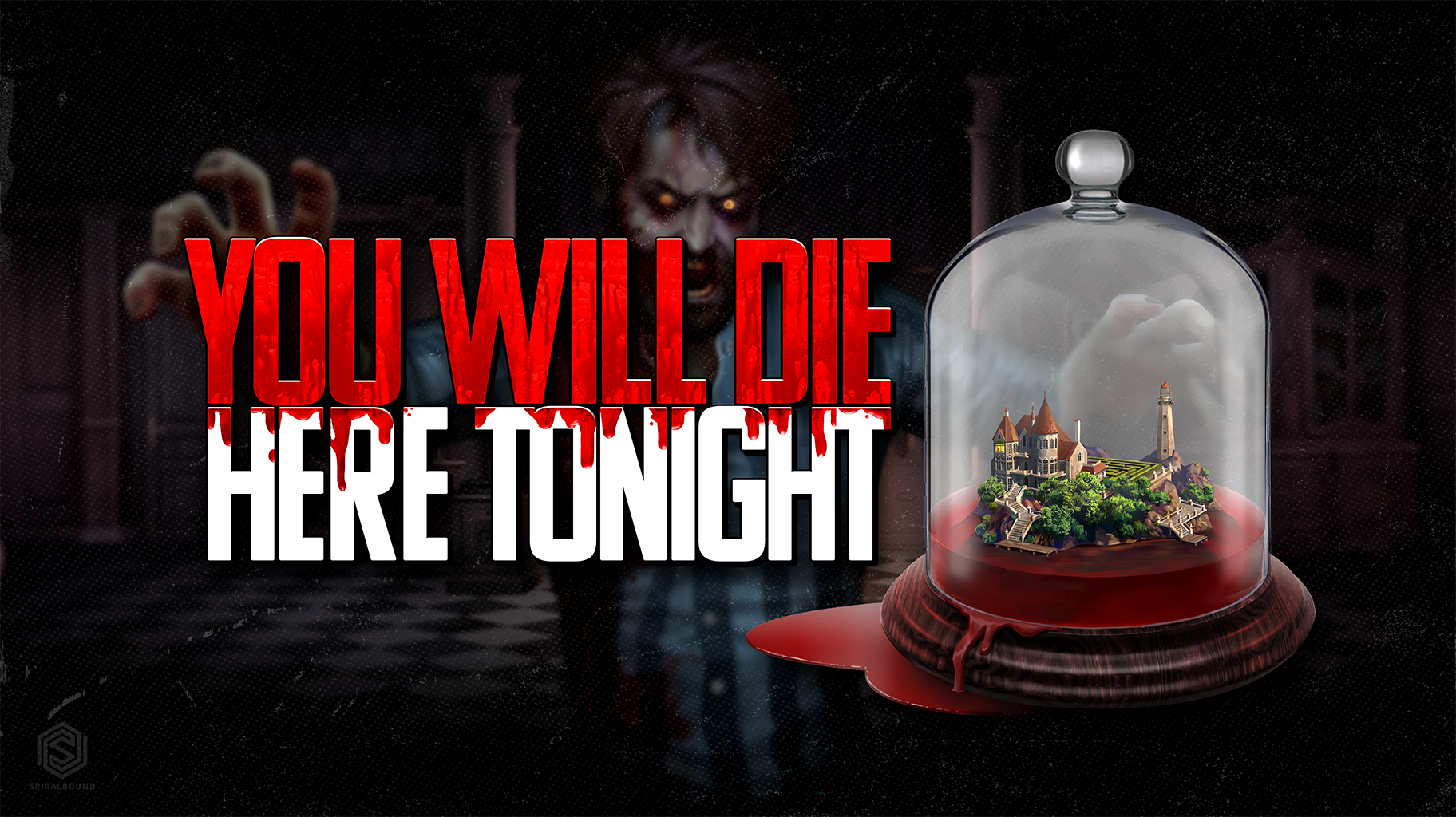
Daymare: 1994 Sandcastle Review – Domesticated Malice
Daymare: 1994 Sandcastle is a game that seeks to evoke the third-person survival horror of the Resident Evil series. Does it erect a mighty edifice of the genre, or is it all just dust in the wind? Well, I’m so glad you asked. Let’s dive in to find out.
Sandcastle is a sequel to Daymare: 1998, a 2019 game that originally started life as a fan remake of Resident Evil 2. I haven’t played Daymare: 1998, so I won’t be able to compare the two games here. Perhaps this isn’t such a bad thing, as it meant I was going into the game without any preconceived notions about the series.

Sandcastle puts you in the boots of Dalila Reyes (or Delilah Raiz: the spelling is often inconsistent), a special forces type sent in with a team to investigate a disturbance in Area 51. Yes, that Area 51. Not surprisingly, things are completely FUBAR, and Reyes is soon drawn into a world of twisted human experiments, underground research labs, and government/ corporate cover-ups. The story is about as generic as it comes, and Reyes is your typical Mary Sue protagonist. She’s supermodel-level good looking (if you can ignore the uncanny valley effect), an elite combat expert, and a programming genius all in one, with an implausible homemade maguffin that lets her scan important terminals and hack electronic locks. Still, some props have to be given to the writers for at least trying to give her a proper character arc, with a personal story about a missing sister that evolves over the course of Sandcastle’s campaign.

There’s no way to describe Daymare as anything other than a love letter to Resident Evil, for better or worse. It’s a game made by fans, for fans, something that the game’s numerous – and often on-the-nose – pop culture references will tell you even if you know nothing about the developers. Gameplay-wise, if you’ve played any third person survival horror title, you’ll know what to expect here. Sandcastle’s moment-to-moment experience is a mixture of combat, exploration and puzzle solving. There’s a token nod to limited inventory management, although in practice I only needed to discard items two or three times in the whole 12-hour campaign. Unlike a lot of recent survival horror games, Sandcastle is also a completely linear affair, so much so that it doesn’t even have a map.
There are some parts of Sandcastle that work well. When the game’s firing on all cylinders, it really does get you into that survival horror groove that’s so dear to afficionados of the genre. You’ll be finding story tidbits, unlocking doors, getting the occasional upgrade and generally feeling that Resi-esque rhythm. There’s also a bit of humour in a few of the notes, which offers a welcome reprieve to the story’s otherwise po-faced tone. Another high point is the timed hacking minigame with your digital maguffin, which hits that sweet spot of being challenging without being frustrating. Likewise, the secret collectables you can find in each level are just off the beaten path enough that you can nab them all without having to rely on a wiki.

Sadly, it’s difficult to overlook Sandcastle’s flaws. Its visual presentation is just bland, for one thing. It falls into that classic trap of equating graphical fidelity with aesthetic merit and achieving neither. Because it can’t afford all the bells and whistles of AAA graphics, it instead goes for that generic hi-poly look that makes me think that a lot of the props and environments came from an asset store. The locations are all painfully boilerplate light industrial areas, and while things get a bit more visually interesting in the game’s latter half, you’ll spend the vast majority of your time trudging through endless concrete corridors. It’s a salient reminder to game developers – especially smaller ones – that strong art direction always trumps polycount.
Things aren’t much better when it comes to characters. The dialogue is atrocious, with uninspired voice acting and lines that feel barely connected to one another. It’s not even ‘so bad it’s funny’; it’s just plain bad. The human character models look like wax dolls, with basic animation that leaves a lot to be desired, while the game’s zombie models look like they’ve come from an Unreal Engine horror starter pack.

This brings me to the game’s biggest stumbling block: its combat. There are only two firearms in the game – a shotgun and an SMG – but you’ll quickly learn that the boomstick is the only gun that can reliably put enemies out of action in time. There’s also the ‘Frost Grip’, a device that shoots liquid nitrogen from your palm, which can be used to freeze enemies and solve certain puzzles. As an idea it’s a bit gimmicky, and its execution feels clunky, although its finishing move is quite satisfying. But the fundamental problem is that the game’s zombies are just too damn fast. There’s an aggressively small number of enemy types in Sandcastle, yet somehow each manages to be more annoying than the last. I don’t exaggerate when I say that you’ll often have less than two seconds to react between a basic runner zombie spawning in and it latching onto Reyes with its grab attack. Meanwhile, the ranged enemies teleport around the environment so quickly that it’s often impossible to get a bead on them, especially when you’re being chased around a room by four other buggers. I’m no horror game slouch, but I had to drop down to easy mode early on, and I still struggled with the combat. In the end, I couldn’t actually finish Sandcastle, as I got stuck on its rage-inducing final boss, which quite literally prevents you from completing the game by teleporting you away from the exit and making you repeat its ball-busting gauntlet again and again. At that point, I felt like I was being trolled.

When everything’s clicking, Sandcastle hits that survival horror comfort zone just right, with its familiar loop of exploration, puzzle solving and monster encounters. But its lacklustre dialogue, uninspired visuals and poorly designed combat make it a tough game to recommend to anyone who isn’t a diehard Resident Evil fan. For such genre lovers, its low price point makes it an inoffensive time sink with a few high notes. For everyone else, Sandcastle is one game that should be allowed to sink under the waves.
Check out DreadXP for more horror game interviews, reviews, and editorials.




